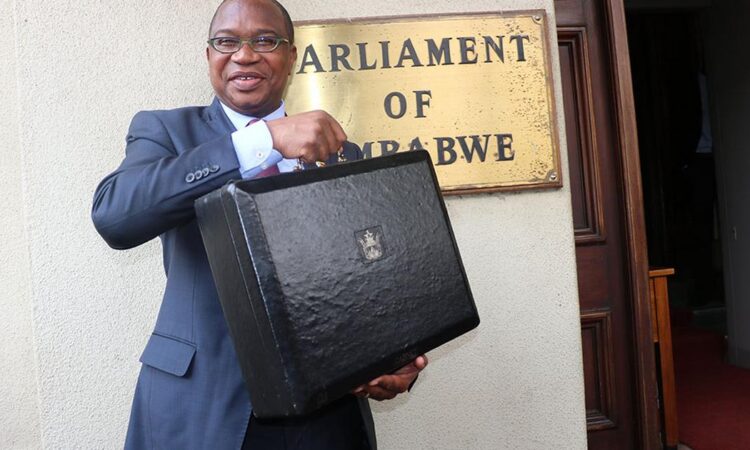
This proposed measure was announced by Finance Minister Mthuli Ncube during an online press briefing on Monday, Reuters reported.
The Zimbabwean dollar has experienced a decline of about 40% since the start of the year, which has been attributed to heightened demand for foreign currency, primarily driven by civil servants receiving December bonuses, and a decrease in inflows due to softer commodity prices.
President Emmerson Mnangagwa recently revealed plans to introduce a “structured currency,” though specific details on its implementation were not provided. The central bank governor confirmed ongoing efforts to explore and develop this proposed structured currency.
What the minister said:
“The idea going forward is to make sure that we manage the growth of liquidity which has a high correlation to money supply growth and inflation. The way to do that is to link the exchange rate to some hard asset such as gold,”
“To do that you have to have some sort of currency board type system in place where the growth of the domestic liquidity is constrained by the value of the asset that is backing the currency,” he said.
More announcements will come in due course, he said, adding that he believed the new measures would offer “a lasting solution to the currency volatility”.
Zimbabwe’s currency
Zimbabwe continues to bear the scars of hyperinflation endured during the extended leadership of Robert Mugabe.
In 2009, Zimbabwe abandoned its inflation-ravaged dollar and adopted foreign currencies, primarily the U.S. dollar. The government reintroduced the local currency in 2019, but it quickly depreciated once more.
Since then, Zimbabwe has made several efforts to salvage the Zimbabwean dollar, introducing gold coins and bullion-backed digital tokens known as ZiG. However, both initiatives have ultimately proven unsuccessful in stemming the currency’s decline.
Last year, the country announced it would extend its multi-currency system, with the U.S. dollar as its anchor, until 2030
